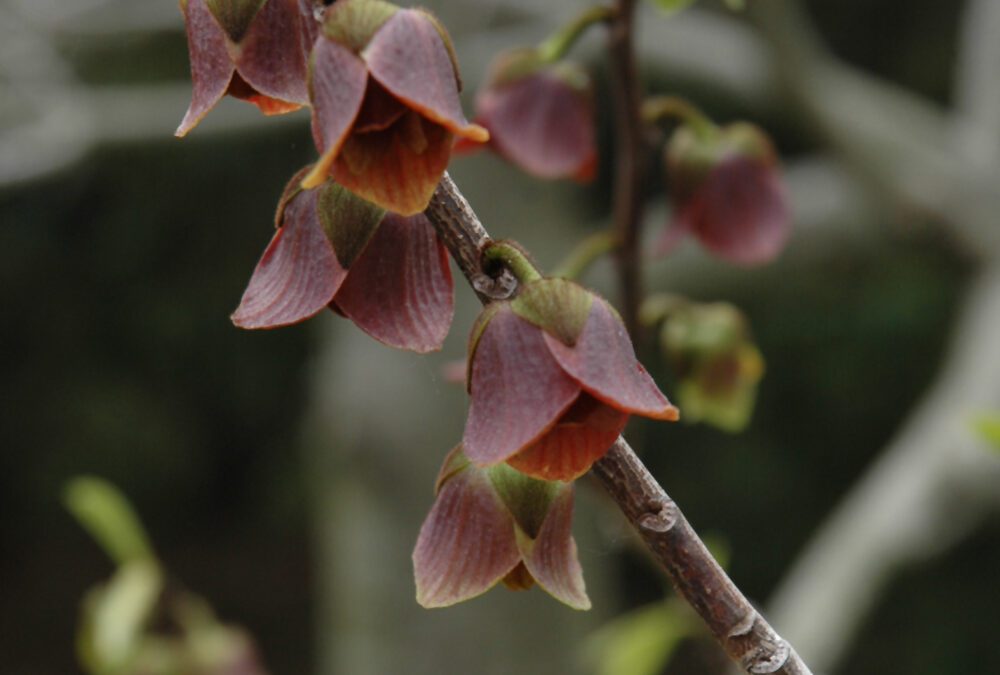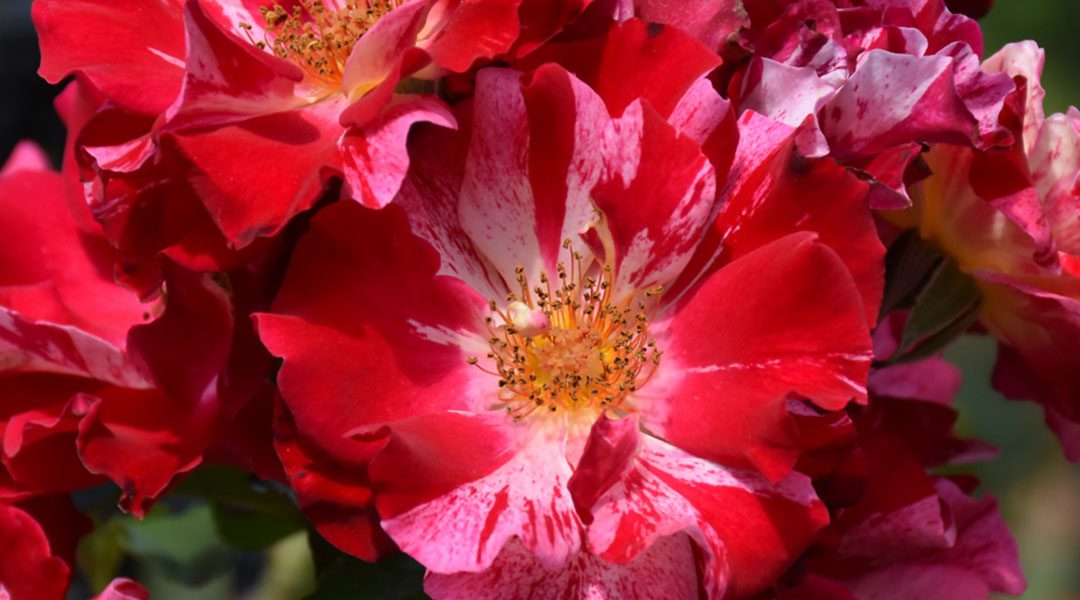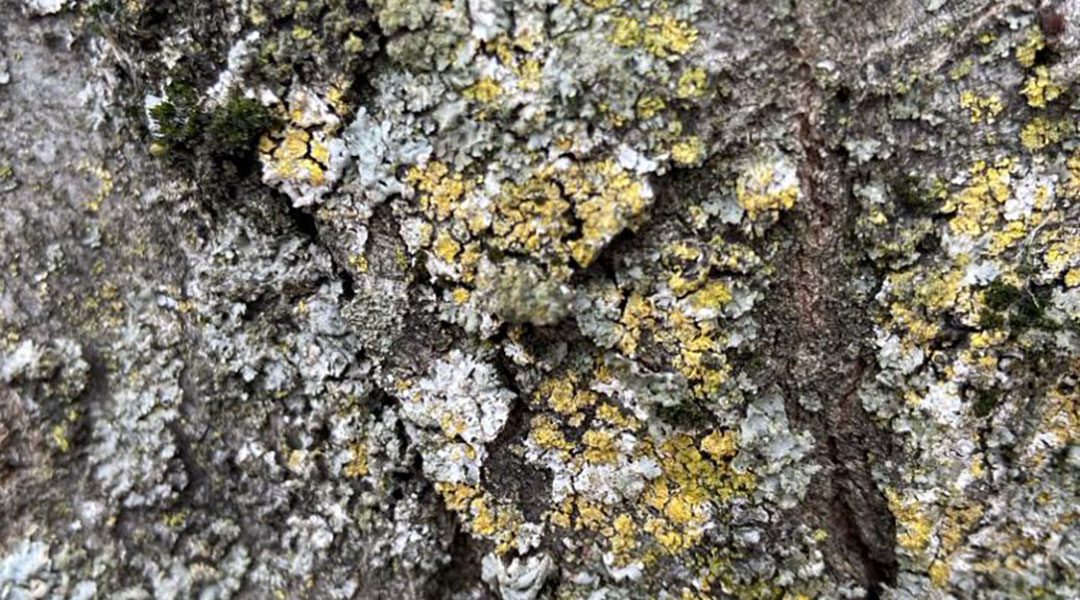What Is a Common Pawpaw Tree? The Common Pawpaw (Asimina triloba) is a native North American fruit tree known for producing custard-like tropical fruit—right in your own backyard. With flavor notes...

$9.99
Philodendron Cordatum – The Heart-Leaf Philodendron
La Philodendron Cordatum, also known as the Heart-Leaf Philodendron, is a charming and easy-to-care-for houseplant that’s perfect for adding lush greenery to any space. Its trailing vines with glossy, heart-shaped leaves bring a soft, natural aesthetic to your home or office. Whether hanging from a basket, climbing a trellis, or cascading from a shelf, this plant adapts beautifully to its surroundings.
La Philodendron Cordatum is a versatile and resilient plant that adds charm and greenery to any room. Its heart-shaped leaves and cascading growth make it a beloved choice for plant enthusiasts and beginners alike. Let this classic beauty elevate your indoor space effortlessly!
Visit our Bloomingdale, IL or Carpentersville, IL stores for local pickup!
67 disponibles
More for You

What Is a Common Pawpaw Tree? The Common Pawpaw (Asimina triloba) is a native North American fruit tree known for producing custard-like tropical fruit—right in your own backyard. With flavor notes...

When it comes to adding romance, drama, and vertical beauty to a garden, climbing roses are a timeless choice. With their arching canes and generous blooms, they bring old-world charm to fences,...

If you've noticed crusty, leafy, or even beard-like growths on your trees and shrubs, you might have wondered if they’re harmful — perhaps a type of fungus or mold. The good news? These curious...